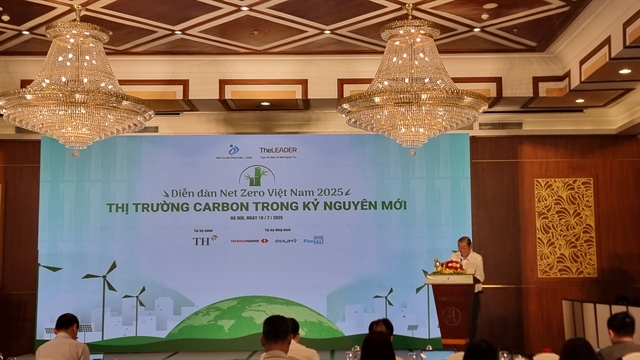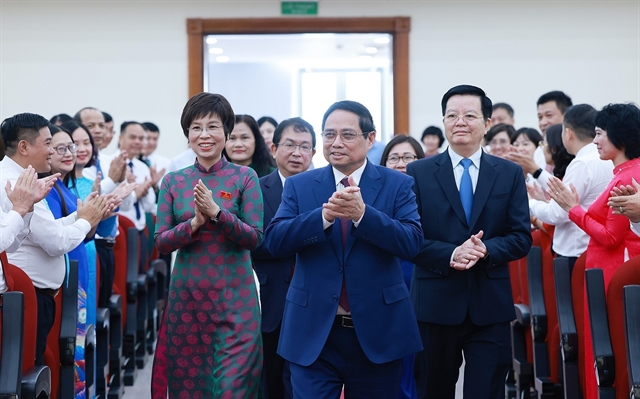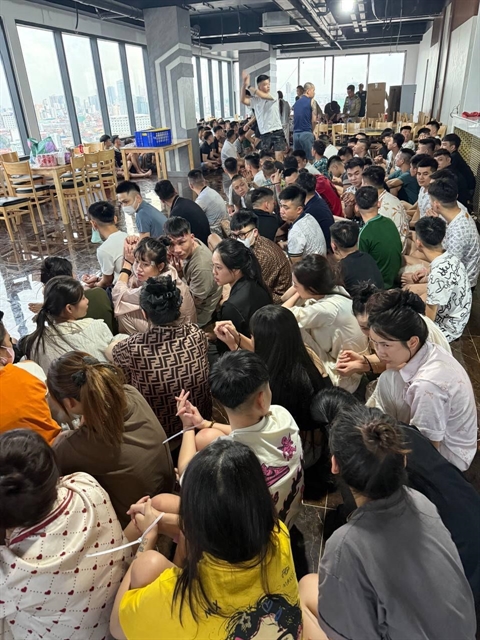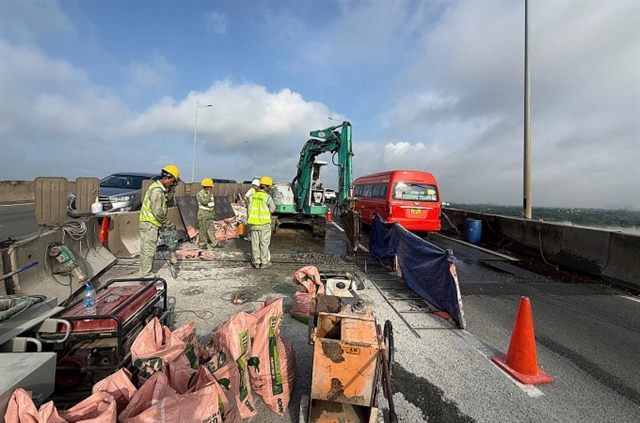 Opinion
Opinion
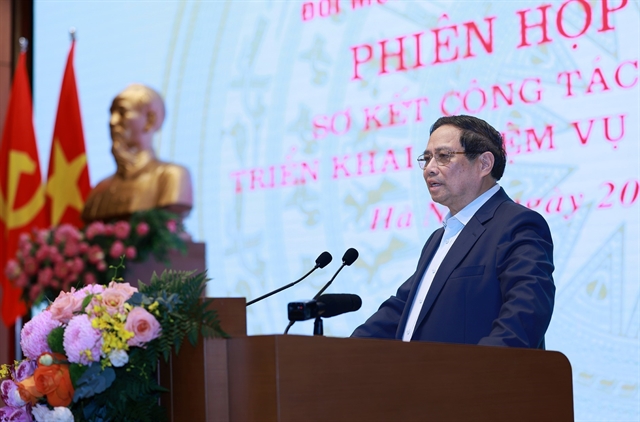
 |
| Trần Thị Hoa Ry, vice chairwoman of the National Assembly’s Council for Ethnic Affairs. — VNA/VNS Photo |
With the country aiming for high-income status, closing the development gap for ethnic minority communities has become a national priority. Central to this goal is sustained investment in education, vocational training, and leadership development. Trần Thị Hoa Ry, vice chairwoman of the National Assembly’s Council for Ethnic Affairs, shared her views with Tin tức và Dân tộc (News and Ethnic Affairs) newspaper on the policies needed to build a strong, inclusive ethnic minority workforce.
How have the Party and State shown their commitment to developing human resources in ethnic minority and mountainous areas?
The Party and State have always placed special emphasis on supporting ethnic minorities and mountainous areas. Ethnic affairs are considered a fundamental, long-term and urgent strategic issue, one that requires the engagement of the entire political system.
Over the years, numerous policies have been implemented to promote socio-economic development in these areas, with a particular focus on developing high-quality human resources. For example, a Politburo conclusion issued in 2019 highlights the importance of nurturing and training ethnic minority talent, particularly future leaders, and ensuring they are fairly recruited and supported.
Investing in education and training is viewed as a strategic breakthrough that can help ethnic communities escape poverty and develop sustainably over time.
The National Assembly has adopted important resolutions in 2019 and 2020 that emphasise the need to train, plan and utilise high-quality human resources among ethnic minority groups. In 2016, the Government also issued a resolution aimed at accelerating human resource development in these communities, with a strategic outlook through to 2030.
These policies have delivered real results. They have helped close development gaps, ensured more equitable access to services, and promoted long-term growth in ethnic minority and mountainous areas.
As the country restructures its administrative system, what should be the focus of current policies for ethnic minorities?
As Việt Nam works to streamline its political and administrative systems, it is vital to ensure that policies supporting ethnic minority communities remain a central focus.
Local governments must review and reorganise administrative units, particularly at the commune level, in a way that is efficient and tailored to local realities. Importantly, ethnic minority officials must be appropriately appointed within the political system, in line with the Party’s guidance.
At the same time, national target programmes and socio-economic development projects for ethnic minority areas must be carried out without interruption. Infrastructure investment in education, school upgrades, and targeted human capital development should be prioritised.
Ethnic minority workers still have relatively low levels of vocational training. What needs to be done to improve access to the labour market?
The proportion of trained workers among ethnic minorities, both men and women, is still low, which limits their access to job opportunities in a modern and competitive labour market.
Localities must prioritise increasing vocational training rates, while also institutionalising policies on education, career guidance, and employment in ethnic minority areas. Legal frameworks on training, financial mechanisms, and workplace environments must be reviewed and adapted to support this goal.
It’s also crucial to improve public awareness, especially among ethnic minority youth. They need to understand the practical benefits of learning, whether it's acquiring vocational skills, improving income, or enhancing quality of life. We must also promote the idea that vocational education provides valuable knowledge, not just manual skills, and opens doors to entrepreneurship, stable employment and community leadership.
Workforce development must focus on practical skills and digital literacy, tailored to local needs and market demands. Lifelong learning policies should include Vietnamese language training, soft skills, entrepreneurial thinking and community management.
Crucially, investment in education and training should be directed to remote and disadvantaged areas. The aim is to match training quality with the actual needs of the economy, particularly in sectors like science, technology, innovation and start-ups.
Vocational training and job placement efforts should also focus on industries relevant to local conditions, building on creative local approaches that have already proven effective.
In your view, what is the most crucial policy for developing ethnic minority human resources in line with the country’s next stage of development?
The most critical task now is for the Government to develop a comprehensive national strategy for human resource development that includes a focus on ethnic minorities. This strategy must consider the unique characteristics of ethnic minority populations and emphasise long-term, targeted investment in training and leadership development.
We need to identify and nurture future leaders early, beginning at the grassroots level. This involves tracking their education, public service involvement, and leadership potential, while offering opportunities for advanced training, including at central institutions or abroad.
It’s essential to recognise that training human resources is the foundation, while developing a capable leadership team among ethnic minorities represents a breakthrough. These two pillars must work in tandem. If done effectively, not only will ethnic minority regions thrive, but their success will also play a vital role in the country’s sustainable and inclusive development. — VNS
 Opinion
Opinion
 Opinion
Opinion
 Opinion
Opinion
 Opinion
Opinion
 Opinion
Opinion
 Opinion
Opinion
 Opinion
Opinion
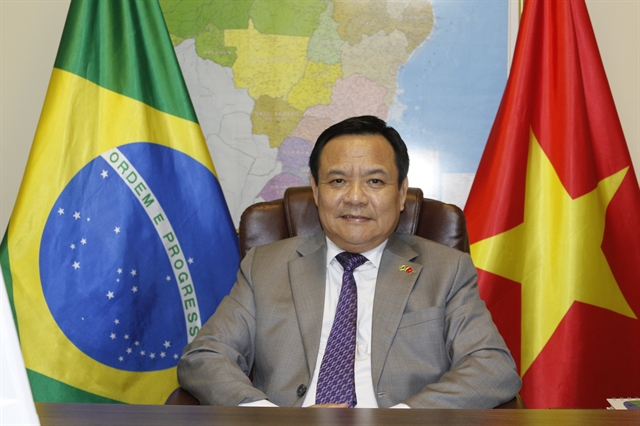 Opinion
Opinion
 Opinion
Opinion
 Opinion
Opinion
 Opinion
Opinion
 Opinion
Opinion
 Opinion
Opinion
 Opinion
Opinion
 Opinion
Opinion


